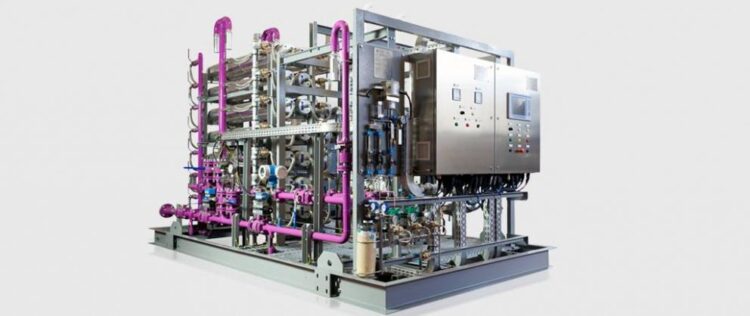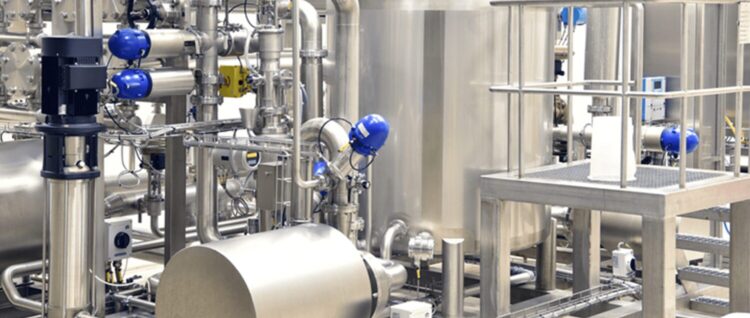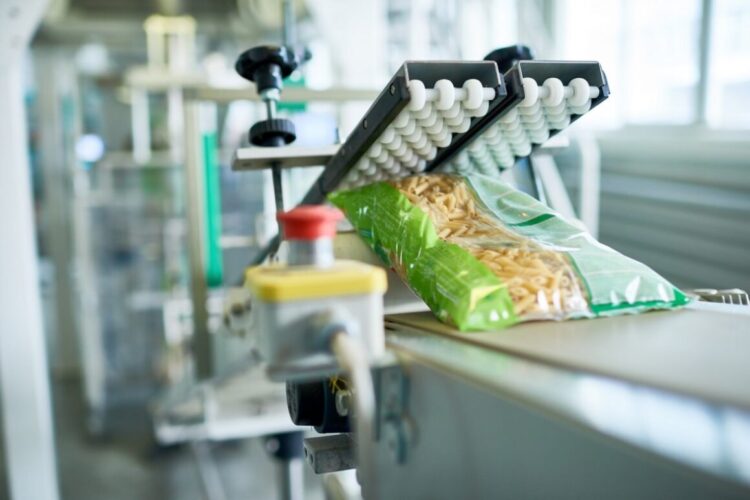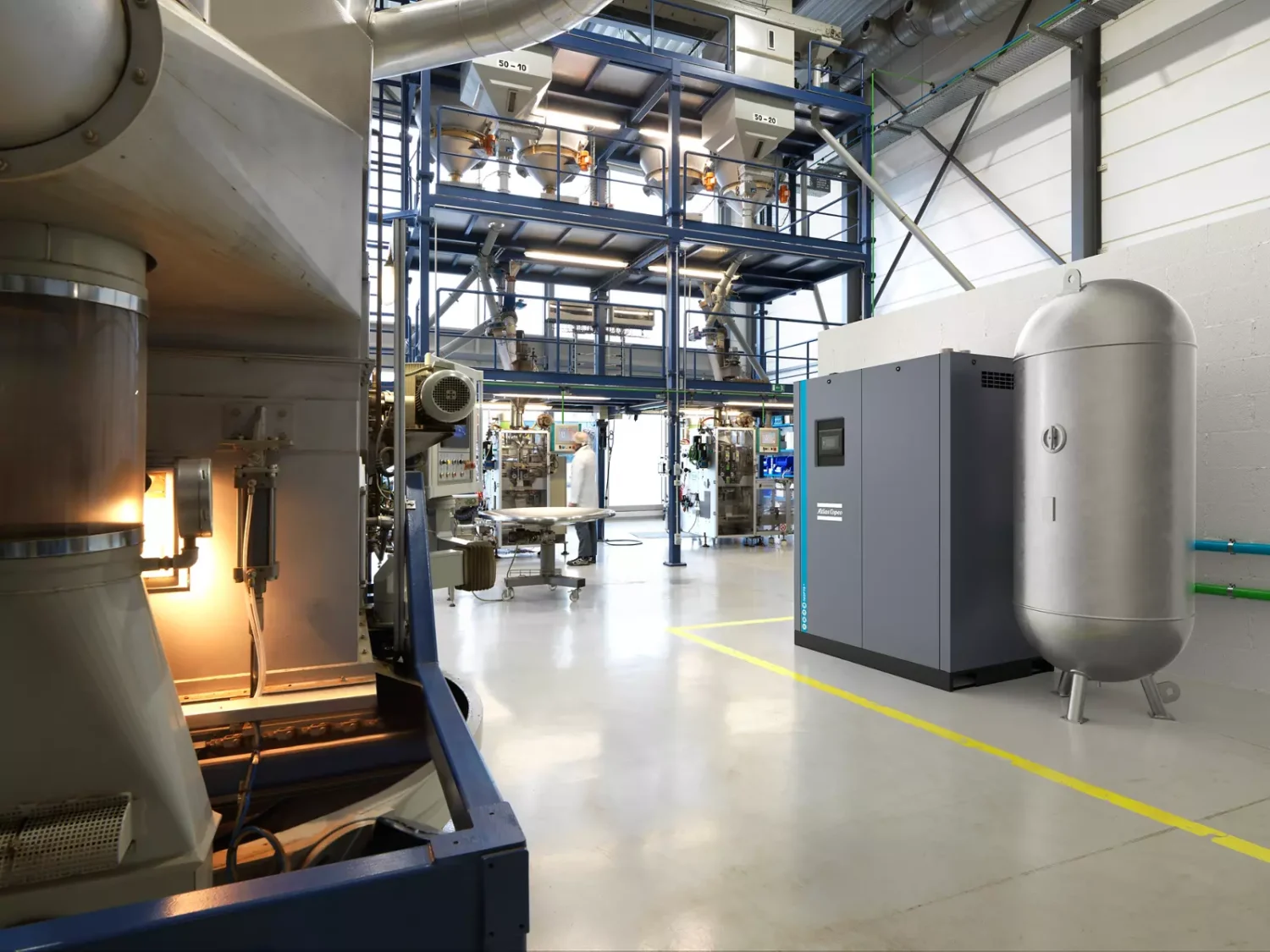Nitrogen generators have revolutionized the packaging industry, offering a reliable and efficient solution to ensure product longevity and quality. The packaging industry constantly seeks ways to preserve product integrity, and these generators play a critical role in this pursuit.
By providing a consistent supply of nitrogen, these generators help maintain an inert atmosphere inside packaging, preventing oxidation and microbial growth, which can lead to spoilage and reduced shelf life. This technology is especially vital for food, pharmaceuticals, and electronics, where maintaining product freshness and safety is paramount.
Investing in a nitrogen generator for packaging brings multiple benefits to manufacturers. It reduces dependency on third-party nitrogen suppliers, offering a cost-effective and on-demand source of required element. This independence ensures uninterrupted production processes, enhancing operational efficiency.
Moreover, nitrogen generators are designed to be user-friendly and environmentally friendly, making them a sustainable choice for modern packaging needs. By incorporating this advanced solution for packaging, businesses can achieve better control over their packaging environments, ensuring their products remain in optimal condition until they reach consumers.
Table of Contents
How These Generators Work

Nitrogen generators function by extracting nitrogen from ambient air, which contains approximately 78% nitrogen and 21% oxygen, with small amounts of other gases. There are two main types used in packaging: membrane generators and pressure swing adsorption (PSA) generators.
Membrane models utilize a semi-permeable membrane that allows oxygen and other gases to pass through while retaining nitrogen. The membrane process is continuous and can produce nitrogen with a purity level of up to 99.5%. This method is straightforward and requires minimal maintenance, making it suitable for a wide range of packaging applications.
PSA nitrogen generators, on the other hand, use a process that involves adsorbent materials such as carbon molecular sieves. These materials preferentially adsorb oxygen and moisture from the air, allowing nitrogen to pass through. PSA systems can achieve nitrogen purity levels up to 99.999%, making them ideal for applications requiring ultra-pure nitrogen. The choice between membrane and PSA systems depends on the specific purity requirements and operational considerations of the packaging application.
Benefits of Using Nitrogen Generators in Packaging
Using nitrogen generators in packaging offers several significant benefits. One of the primary advantages is cost savings. By generating it on-site, companies can eliminate the need for regular deliveries of liquid or compressed nitrogen cylinders. This not only reduces transportation costs but also minimizes the risk of supply chain disruptions.
Another benefit is improved product quality and shelf life. Nitrogen is an inert gas that displaces oxygen in packaging, creating an environment that inhibits the growth of aerobic bacteria and prevents oxidation. This is particularly important for perishable products such as food and beverages, where extended shelf life can lead to reduced waste and higher customer satisfaction.
Environmental sustainability is also enhanced through the use of nitrogen generators. Traditional methods of supply involve significant energy consumption and carbon emissions associated with the production, liquefaction, and transportation of nitrogen. On-site generation reduces these environmental impacts by utilizing energy-efficient technologies and eliminating the need for transportation.
Applications in Packaging

Nitrogen generators find applications across various industries within the packaging sector. In the food and beverage industry, nitrogen is used to create a protective atmosphere inside packaging to preserve the freshness and flavor of products. For instance, snacks such as chips and nuts are often packaged in nitrogen-flushed bags to prevent oxidation and rancidity.
The pharmaceutical industry also benefits from these machines. Medications and medical devices require sterile packaging environments to ensure their safety and efficacy. Nitrogen’s inert properties help maintain the integrity of these products during storage and transportation.
In electronics packaging, nitrogen is used to prevent oxidation of sensitive components. Electronic devices and components are highly susceptible to moisture and oxygen, which can cause corrosion and damage. By using nitrogen generators, manufacturers can protect their products from these harmful effects, ensuring reliability and longevity.
Choosing the Right Model for Packaging
Selecting the appropriate machine for packaging involves several considerations. The first step is to determine the required purity level. Different applications have varying purity requirements, and choosing a generator that meets these specifications is crucial for optimal performance.
Capacity and flow rate are also important factors. The generator should be capable of producing sufficient amounts of required element to meet the packaging line’s demands without causing interruptions. It’s essential to evaluate the generator’s output capacity and match it with the production needs.
Maintenance and operational costs are another consideration. While nitrogen generators generally require minimal maintenance, it’s important to understand the maintenance schedule and associated costs. Choosing a generator with a reliable support network and readily available spare parts can minimize downtime and ensure smooth operation.
Installation and Operation

Installing a nitrogen generator involves several key steps. The first step is to assess the location and ensure adequate space for the generator and associated equipment. Proper ventilation is necessary to maintain optimal operating conditions.
Once the generator is installed, connecting it to the packaging line is the next step. This involves integrating the generator with the existing packaging machinery to ensure seamless operation. It’s essential to follow the manufacturer’s guidelines and recommendations during the installation process to avoid any issues.
Regular monitoring and maintenance are crucial for the efficient operation of nitrogen generators. This includes routine checks of the generator’s components, such as filters and membranes, to ensure they are functioning correctly. Scheduled maintenance helps prevent unexpected breakdowns and extends the generator’s lifespan.
Conclusion
These generators have become indispensable in modern packaging, offering a sustainable and cost-effective solution for maintaining product quality and shelf life. Their ability to provide on-demand, high-purity nitrogen makes them a valuable asset across various industries. As technology continues to advance, nitrogen generators are expected to become even more efficient and integrated with smart systems, further solidifying their role in the future of packaging. By investing in nitrogen generators, companies can achieve greater control over their packaging processes, ensuring their products remain fresh, safe, and ready for consumers.
